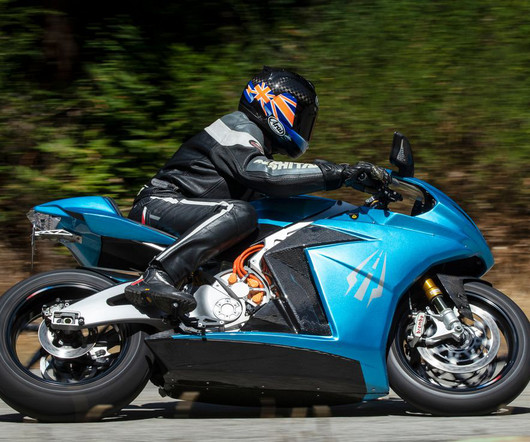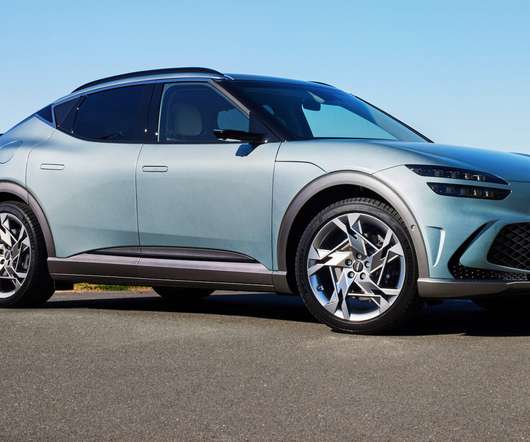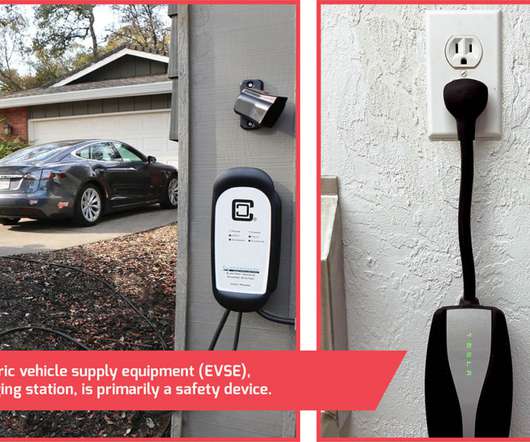Lightning Eyes 10-Minute Charging for its Motorbikes
Cars That Think
MARCH 30, 2023
That SuperBike topped every internal combustion engine motorcycle en route to a Pikes Peak International Hill Climb win in 2013, on the Colorado gantlet that’s among the world’s highest-profile tech challenges for cars and motorcycles alike. The Lightning holds the landspeed record for street-legal production motorcycles).












Let's personalize your content